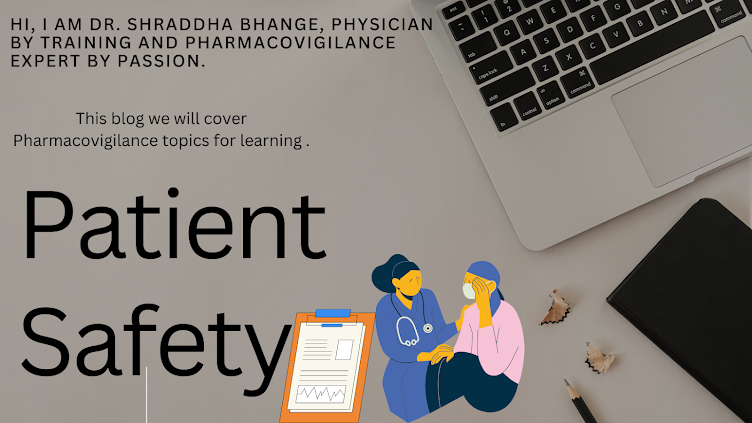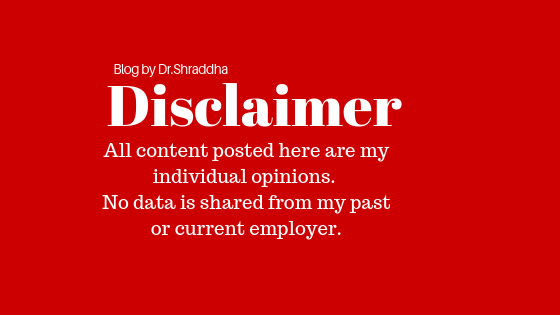DSUR (Developmental Safety Update Report)
DSUR which is prepared while the product is still in development phase, which stands for Developmental Safety Update Report. We can also call it as a pre-marketing equivalent of a PSUR (Periodic Safety Update report).
Before we go to the core of content and format, first let’s understand what a DSUR is?
DSUR is an internationally harmonized, safety document which covers the safety summary of investigation products during their development or clinical trial phase. This means that all new drugs under development that are currently undergoing a clinical trial must submit a DSUR to the regulatory authorities.
Now you might be wondering, why do we come across DSURs for medicines which are already on the market. There will also be instances where a product is already on the market, but the sponsor/MAH (Marketing Authorization Holder/Pharma Company, wants to further evaluate the drug; for example, for a new dose, new formulation or a new indication that is not covered by the drugs approved marketing status. In that case, the sponsor must submit DSUR until the clinical trials for a marketed drug are ongoing.
What are the objectives of a DSUR? The purpose of a DSUR is to provide a comprehensive annual analysis of the safety summary collected during the clinical trial. You may consider the document as a communication to the regulators about adequate monitoring and evaluation of a safety profile of a drug under investigation.
What is the scope of products for a DSUR? A DSUR may be required for any of the following
- Investigational drugs
- Investigational Biologicals
- Investigational Vaccines
- Combination products under investigation.
Clinical trials using an investigational drug
Clinical trials conducted to support changes in the manufacturing process of medicinal products
Clinical trials conducted using marketed drugs in approved indications
Therapeutic use of an investigational drug
What is DIBD?: - Developmental international Birthdate (DIBD) – it is the date of first authorization from a regulatory agency to the sponsor to conduct any clinical trial for an investigational product anywhere in the world.
How long is it to be submitted?- A DSUR is to be submitted as long as the clinical trial is ongoing. When submission of an annual report is no longer required in an individual country or region, the sponsor should indicate that the final DSUR serves as the last annual for the investigational drug in that country or region.
What is the frequency of a DSUR submission?- Usually the DSUR is submitted annually (the frequency may vary occasionally as per national or regional regulatory requirement).
The first DSUR should have a data lock point which should be within a year of its DIBD.
Also note that the DSUR is to be submitted to the regulatory authorities within 60 calendar days after the DSUR data lock point.
What is the reference safety document for a DSUR? Unlike PSUR, in case of DSUR the IB i.e. the Investigators Brochure stands as a reference document for the DSUR report.
The Format and Content is described in International Conference on Harmonization (ICH) guideline E2F.
Each section of DSUR is highlighted in the table below, along with a brief overview of what each section entails.
To summarize, DSUR is a complex and analytical document that should be utilized to analyze risk and safety profile of product in an ongoing manner.
References:
1. FDA
2. EMA
Written by:


